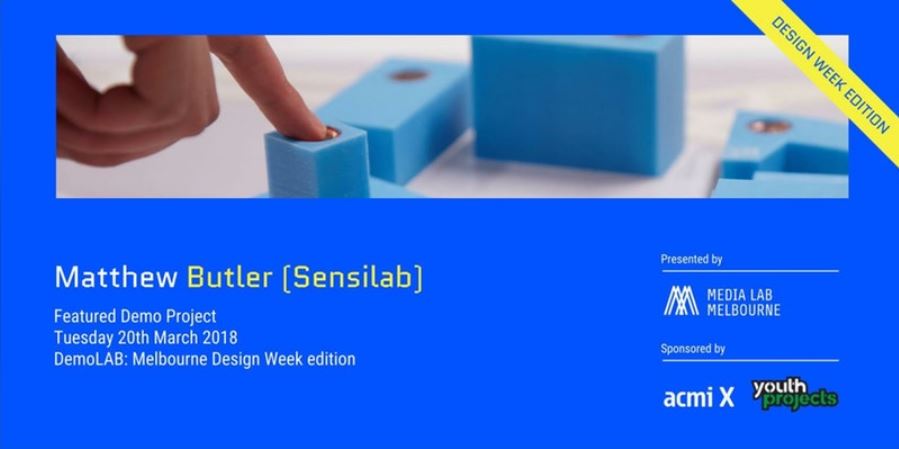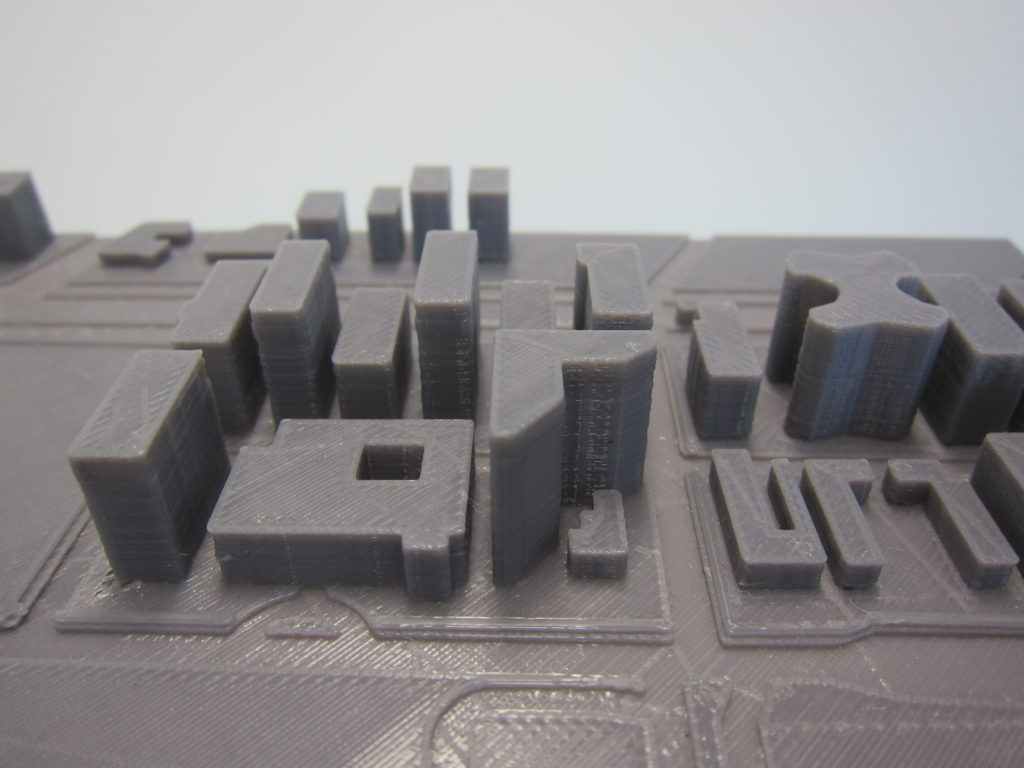In the next phase of our project with Bendigo Art Gallery, we had the pleasure of exploring ideas for accessible art with the Gallery and vision impaired communities.
 In a day-long workshop, gallery staff, artists and community members came together to talk about why accessible art is important, who it impacts, and the best ways to make it happen.
In a day-long workshop, gallery staff, artists and community members came together to talk about why accessible art is important, who it impacts, and the best ways to make it happen.
At a special tour, vision impaired visitors were treated to a guided tour featuring four artworks in Bendigo Art Gallery’s permanent collection. Alongside vivid audio description of the artworks, visitors were able to touch the sculptures and an old frame, take the role of a character from a painting with representative props, and explore
Accessible trial web pages were also produced to enable more independent exploration of a range of paintings and sculptures. Each page included a visual description of the artwork, information about the artwork, enlarged and high contrast images, and a soundscape related to the subject matter or period.
Watch this space for announcements regarding publications reporting our research findings.
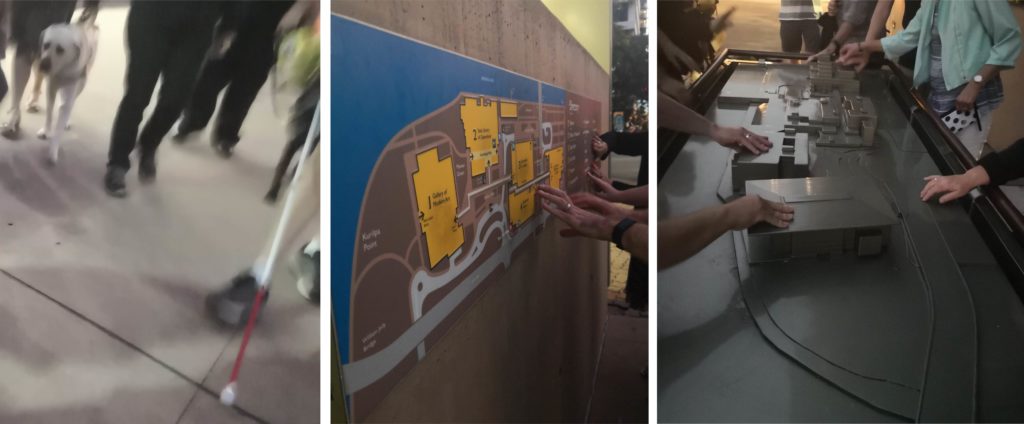
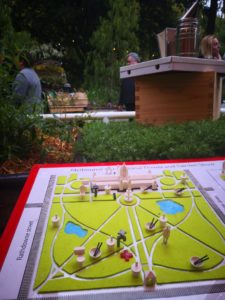
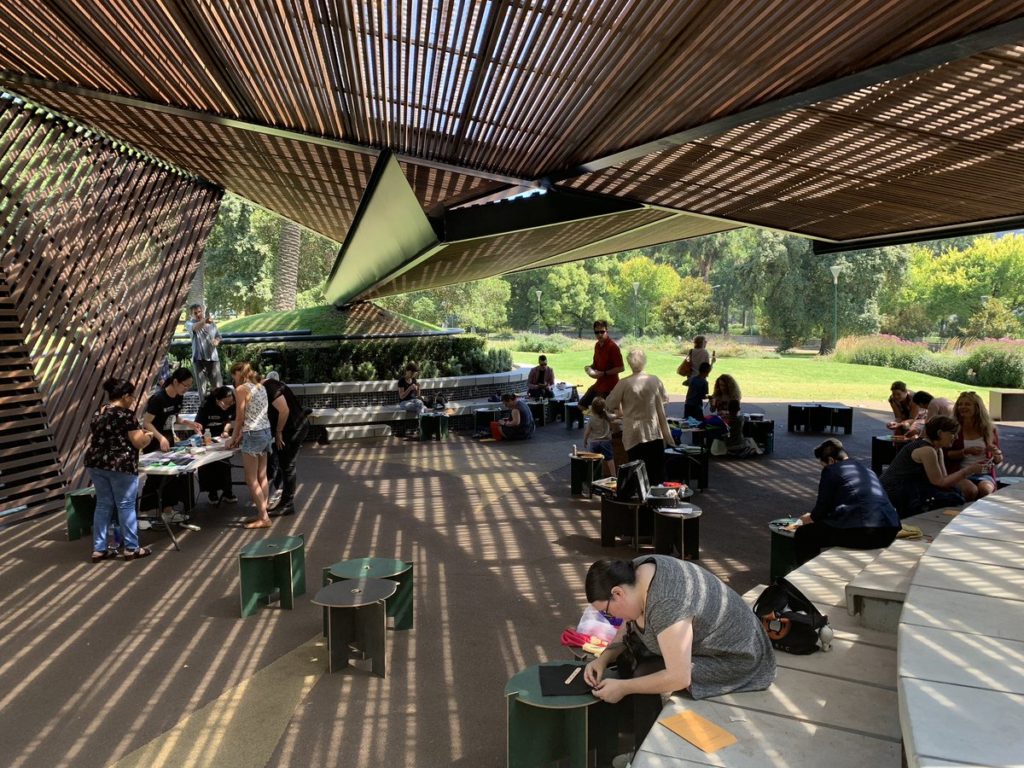
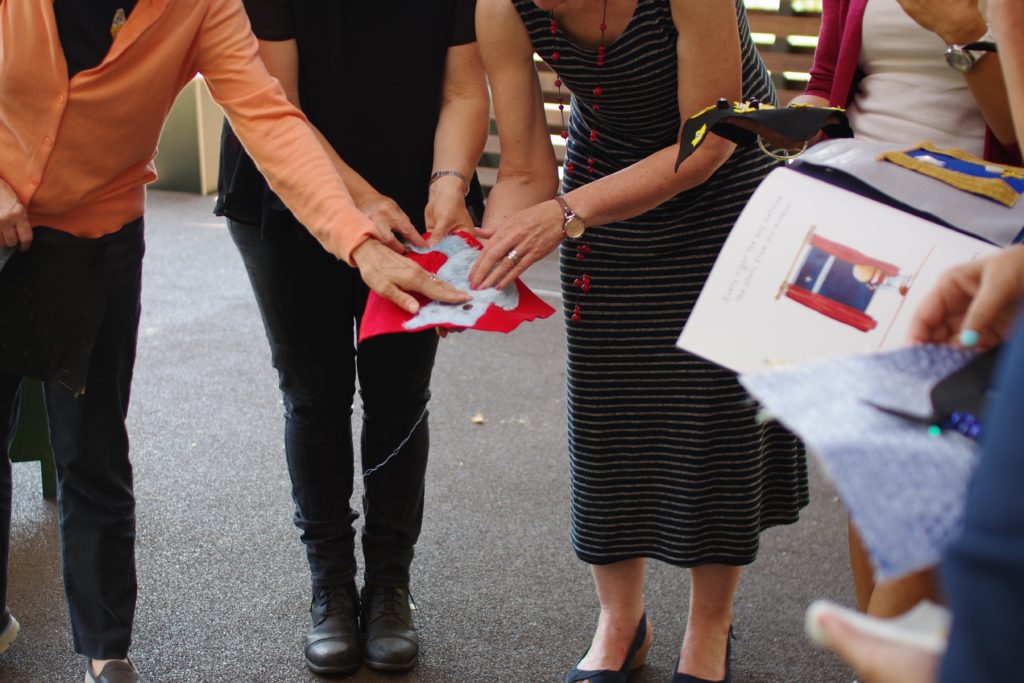


 In a day-long workshop, gallery staff, artists and community members came together to talk about why accessible art is important, who it impacts, and the best ways to make it happen.
In a day-long workshop, gallery staff, artists and community members came together to talk about why accessible art is important, who it impacts, and the best ways to make it happen.